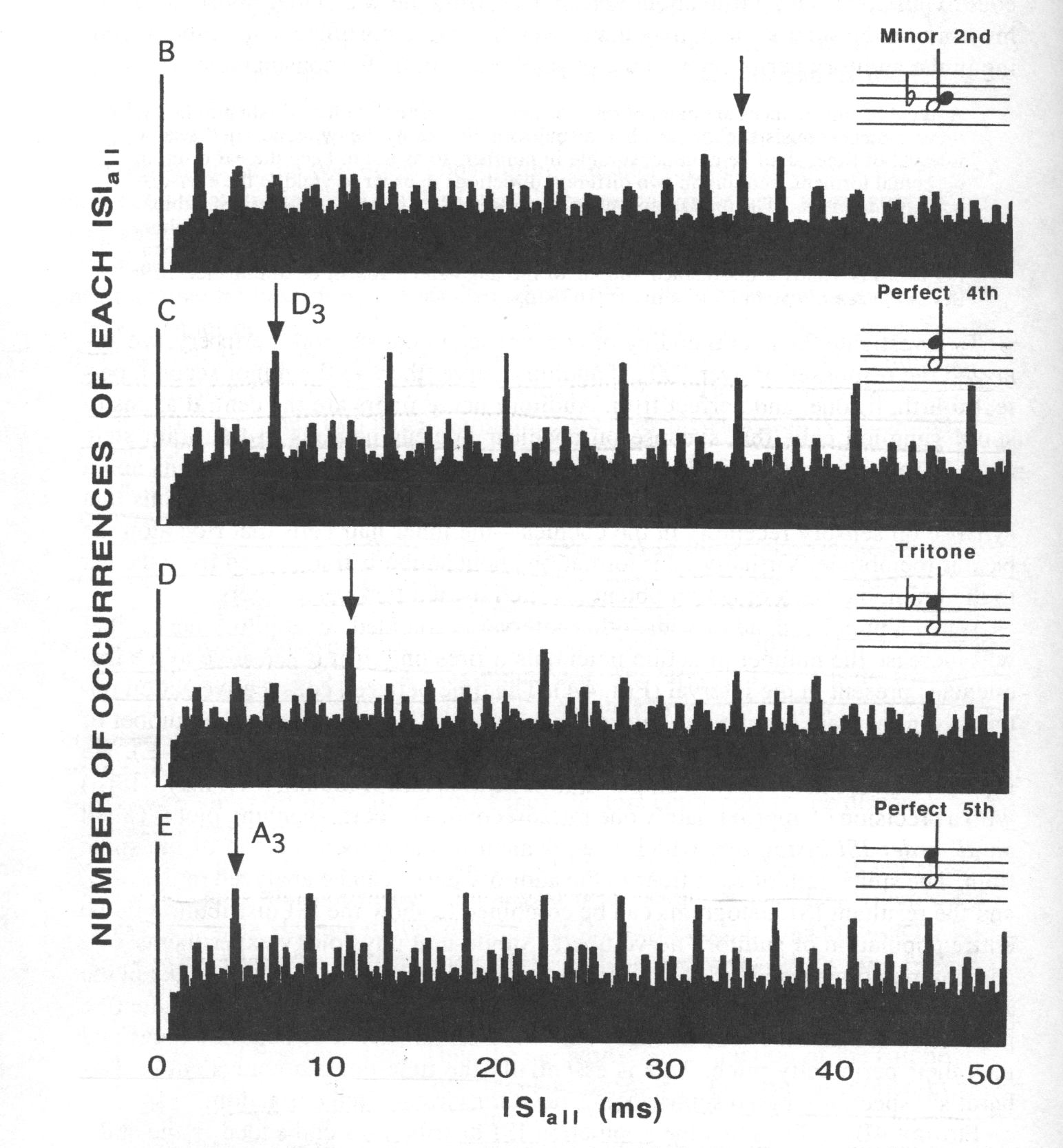By contrast, Schellenberg & Trehub (1994a,b, 1996a,b) attempted to explore the possibility that the special perceptual status of intervals with simple frequency ratios derives from a natural or inherent biological basis. This was achieved by evaluating infants' ability to detect subtle changes to patterns of simultaneous and sequential pure tones. Their results confirmed that simple, as opposed to complex, frequency ratios are more readily identified by listeners and consequently are more likely to result in a stable perceptual representation. As this was true even for infants, the perceptual status of these special intervals is unlikely to be due to education or exposure to Western musical practices.
So the key point here about the Daoists and Early Pythagoreans and the three gunas of India - is that it is noncommutative phase - meaning 2:3 is C to G as overtone (3/2 frequency) and 2/3 is C to F undertone - BOTH as Perfect Fifth but the octave as the root tonic changes when you double the C to F undertone as 2/3 into 4/3 so that now the "3" is the root tonic instead of the "1" and since 3 does not go into 1 as the same pitch (unlike 2) then you have the empirical truth of infinite yin-yang without any materialistic root tonic as the 1. And so the first harmonic of F is C - so that the "yin" as 4/3 is actually from the yang as 2/3 subharmonic C to F - since the overtone F reaffirms the root tonic of C as it is the first tonic of F. This is not true for the G. This is the secret female formless awareness of Mystery of the Valley - Qi is the Mother of spirit. The 1 is the spirit that is not a number since light is invariant to time and space but the 2/3 is superluminal to light as a spacetime blue-shift of light.
However, as the frequency ratio P : Q becomes more ‘complicated’, the two tones share fewer common harmonics, while there is an increase of harmonic pairs slightly mismatched in frequency. According to Helmholtz's (1877) linear theory, these latter nearby harmonics interact and lead to an unpleasant beating sensation that results in dissonance.
https://www.ncbi.nlm.nih.gov/pmc/articles/PMC2607353/
So Western music theorists will try to argue that the infinite spiral of fifths is no different than say an infinite spiral of thirds - but that is because standard western math assumes a symmetric logarithm and ignores the noncommutative phase truth.
So now it's been shown that neuron synchronization is strongest from the octave/perfect fifth/perfect fourth:
the ordering of the stability index of the mode-locked states and reveals a correspondence with the theoretical ordering of musical intervals according to their consonance evaluation. The ordering corresponds to ratio simplicity discussed in Schellenberg & Trehub (1994b), where the simplest ratios (e.g. 1 : 1, 1 : 2, 2 : 3) are the most consonant.
Maybe I already posted that image?

O.K. so those studies are limited to the neurons whereas the quantum biology model goes down to the microtubules that make up the neurons - and then you get into superluminal time as quantum spin or reverse time phase from the magnetic moment of the electron and proton.
So Dr. Andrija Puharich first discovered that model in quantum biology and it's now being corroborated. And Dr. Stuart Hameroff and his collaborator in Japan - I have corresponded with both of them - they emphasize that in fact these quantum vibrations are "anharmonic" meaning NOT Western logarithmic music tuning, but in fact the tuning of Indian raga music or the three gunas as the natural resonance of the Octave/Perfect Fifth/Perfect Fourth. haha. So that is a slam dunk for the Daoist harmonics as well - and of course all human cultures back to the original San Bushmen (it's not the Western symmetric logarithmic math from the wrong music tuning that is predicated on a "deep preestablished disharmony" as math professor Luigi Borzacchini calls it).

No comments:
Post a Comment